Marist Messenger — the Early 1930s
By the Editor
In the 1930s, the Marist Messenger carried a wealth of information about Pacific, New Zealand and Australian Church history, about Marist history, ministry among Māori, and about Marist and Church personalities. There was also a wide range of devotional material and poetry.
This article conveys something of the spirit and ‘flavour’ of the magazine in its early days.
1930: February
The first editor of the Marist Messenger, Fr Kevin McGrath SM, stated, “.. . the purpose of our little journal becomes revealed in its new title.
It is a humble messenger, in the service of the Mother of God and her devout children. It is established in love for Mary, to promote her love”.
1930: March
The Third Order was introduced: “From the earliest days of the Society of Mary (Marist Fathers) secular priests and pious laymen gathered around the founder (Father Colin), and were known as ‘an eAssociation under the auspices of the Blessed Virgin Mary for the conversion of sinners and the perseverance of the just. In 1832 this became the Third Order of Mary, the rule of which was finally approved by Pius IX on December 8th, 1857”.
The magazine was 8 pages long, almost A4 in size, with many advertisements, and in very small print – clearly readers’ eyes were much healthier than nowadays.
1930: November
The magazine was about the same size as the one you’re reading now, was 20 pages long, and the print was even smaller! It was printed in Dunedin at the NZ Tablet offices. “With this issue The Messenger appears in a new, and we trust, a more acceptable form. We hope for an increased list of subscribers and in their hands is the future of the publication”.
1931: January
There were a number of comments in favour of the new format, one of them “from a well-known Māori Missioner, SM: Hearty congratulations on rapid growth of fair child. May she never grow teeth, except those of wisdom”. This issue also saw the first use of the pseudonym ‘Pardy Gar’, the pen-name used by the editor in the children’s pages, based on a small child’s attempt to say ‘Father McGrath’.
1931: March
The tragedy of the Napier earthquake on 3 February 1931 was reported: “Gone are our confreres – ruined are our seminary buildings – but God and Our Lady will provide”. 256 people were killed, 9 of them at Greenmeadows Seminary. The April issue carried photos of the “Interior of the Ruined Chapel at Greenmeadows” and of “Our Lady Among the Ruins of Greenmeadows”, along with an article on the Greenmeadows Appeal for money to re-build the seminary: “Never before has Greenmeadows appealed. ... The Seminary appeals now, in its dire destitution”.
1931: May
There was praise from the Very Rev Eugène Courtais SM, the Provincial of Oceania., who wrote, “For years I have been dreaming of a Marist Missionary paper ... I wish you every success”.
Under the heading of the Greenmeadows Appeal, it was noted that since 1838, 110 Marist Fathers have served the Church in New Zealand and died in the service of God and souls. “Their years of service ... measure almost 2,000. Will the next century register another 2,000 years? Catholics of New Zealand, it is for you to say! ‘Yes’ means we must rebuild Greenmeadows!”
1931: June
The Messenger was described as the “Official Organ of the Third Order of Mary”, and for the first time, above the list of those who had died: “Mass is offered every month by the Rev. Editor for those, whose names appear on this list”.
1932: February
This issue carried a lengthy article, dating from 1838, by Thomas Poynton, the New Zealand pioneer Catholic of the Hokianga Harbour, entitled ‘New Zealand’s First War’, which began, “On the arrival of the Right Rev. Dr. Pompallier in Hokianga, that Right Rev. Prelate met with great opposition from a Mr. Turner, a preacher, stationed on the river. Mr. Turner was not contented with preaching against the Catholic religion and its ministers on Sundays, and laying it down as black as his eloquence could paint-but he must carry his malice further. He represented to the natives that the Bishop and his priest could be no good as they were Frenchmen; that all from their country were murderers, and if they were allowed to stop in New Zealand, in course of time, Dr. Pompallier would burn them, tie them to a stake if they did not adhere to the Catholic religion”. And so on!
1932: April
The cover carried a photo of Archbishop Redwood, and under the heading ‘Our Beloved Metropolitan’, accorded “respectful greetings ... on his 94th birthday (April 8)”. The Archbishop was about to leave for the Eucharistic Congress in Dublin ... at the age of 94!
1932: June
There were 22 Marist priest missionaries in Tonga, 18 in Samoa, 30 in Fiji, 44 in New Caledonia, 19 in the New Hebrides, 17 in the Southern Solomons, and 21 in the Northern Solomons – 171 in all. Each priest had an average of 502 Catholics in his care. There were 993 catechists in the Islands and 762 churches. There were 885 Marist Fathers world-wide, 124 Lay Brothers and 241 scholastics, and “In the New Zealand-Australia Province 115 priests were labouring, while 16 Lay Brothers shared the work of the apostolate”.
1932: November
Under the banner ‘Our Own Archbishop’, there was a report on Archbishop Redwood’s presence at the Eucharistic Congress: “English and foreign newspapers found in His Grace Archbishop Redwood SM one of the most interesting of the Congress personalities. Under the caption ‘The Doyen of the Episcopate’ the ‘Osservatore Romano’ tells of the touching welcome accorded his Grace by His Holiness Pope Pius XI. The Holy Father ... listened with rapt attention ...”. This was Redwood’s twelfth official visit to “the Father of Christendom”. He had “prostrated himself before the Pope’s four predecessors ... my record is uniqe and I owe my extraordinary life, my splendid health, to New Zealand, a magnificent country rejoicing in an exeptional climate”. Clearly the weather was better in those days!
1933: January
This issue of 36 pages had 7½ pages of advertisements, and among other things recorded the opening of St Anne’s Convent School in Suva, Fiji.
1933: June
For the first time, there was an index at the front of the magazine.
1933: August
There was a fascinating article about St John Vianney’s promotion of vocations to the Marist Sisters.
1933: December
“Sister M. Fidelis (Franklin) is the first New Zealander to enter the ranks of the Missionary Sisters of the Society of Mary, and will shortly proceed to the Leper Station at Makogai”.
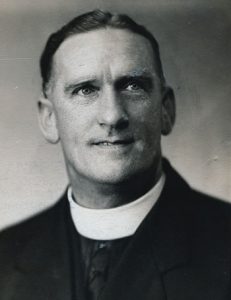
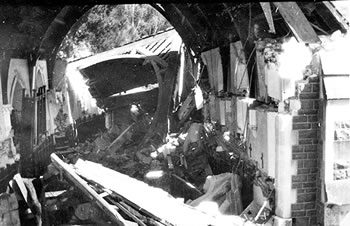
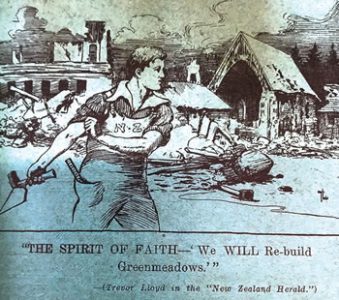
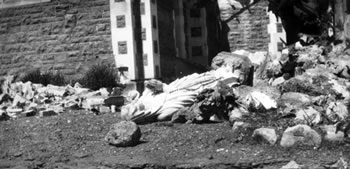
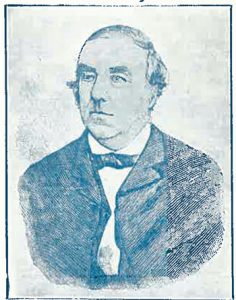
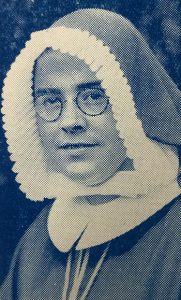
 Entries(RSS)
Entries(RSS)